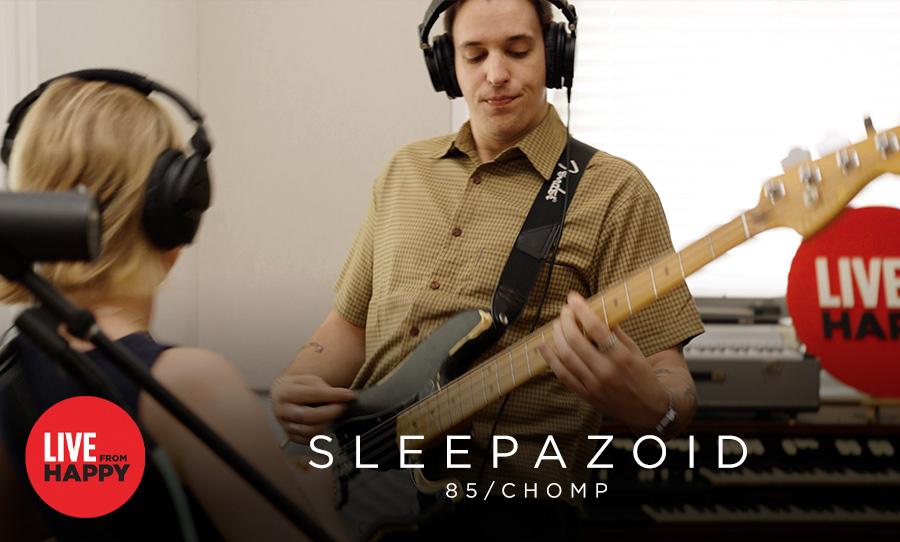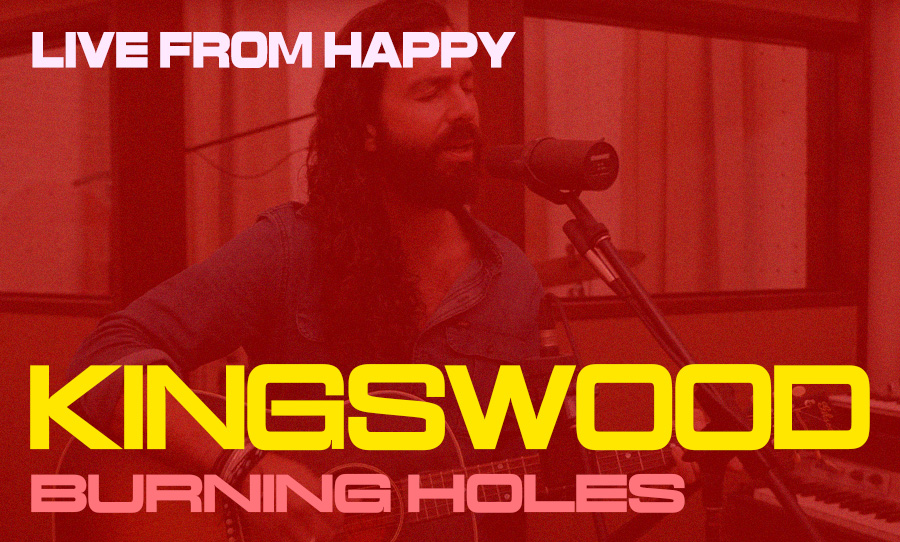Recently I have been listening to a lot of newly released music, exploring a world of various genres and styles. Among these I found myself veering toward modern electronica as my fascination with analog synthesisers grew, from this I discovered the king (IMO) of vocoding; Francis and the Lights. Francis has been in the music game for a very long time, writing vocoder parts for a range of artists such as Bon Iver, Kanye West, Frank Ocean and more recently, Chance The Rapper.
Our second article in a series of DIY studio hacks, we explore how to replicate the sound of a vocoder without actually using a vocoder.
What Is Vocoding?
To put it simply a vocoder is a synthesiser that produces sounds from an analysis of speech input. And after falling in love with the sound a vocoder produces, I wanted to incorporate it into my own compositions – the only issue I faced was price. As a student, it’s a constant struggle to find money for purchasing new instruments so I decided to spend some time in my home studio developing a DIY version of a vocoder.
Recording Vocal Takes
The beauty of a real vocoder is its live quality: vocal lines can be improvised on by the player. As such, most recordings are made on the spot and audio is then edited further down the production line. To mimic this it is important to record vocal lines in one take and avoid looping, this takes away the live aspect and, in turn, will create a less realistic vocoder sound.
I suggest recording around 8-10 harmonic layers however there are no rules on limit. Keep your layers harmonically simple, if a line is too complex it will not blend well. Try to vary each line by breathing in different spots and accenting words.
Be sure to apply a small about of EQ to filter your vocal tracks and vary each track as a new pitch comes in. Keep in mind that you should remove any extreme low/high-end frequencies to clean up the mix overall.
Auto Tune (Pitch Correction)
Real vocoders used fixed-pitch devices like keyboards to play in melodies and harmonies, so applying artificial pitch correction can go a long way to replicating the sound that is integral to the vocoder. After you’ve recorded your vocal lines apply medium/fast pitch correction to each track. This will remove any dissonance and allow your vocal lines to blend smoothly.
Vocal Doubling
Applying a light, lower octave doubler will give your vocal lines a great deal of warmth and add to the ‘robotic’ effect a vocoder gives off. Try not to apply this to every single vocal take as it will make your lower frequencies sound incredibly muddy.
As always, experimentation is key, so have a bit of fun with it.



